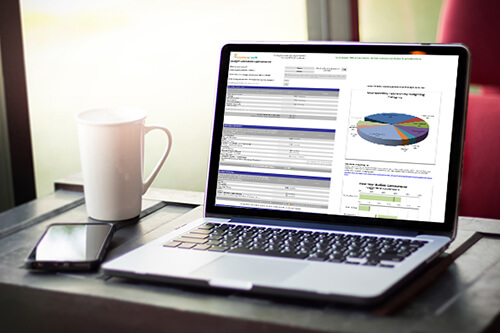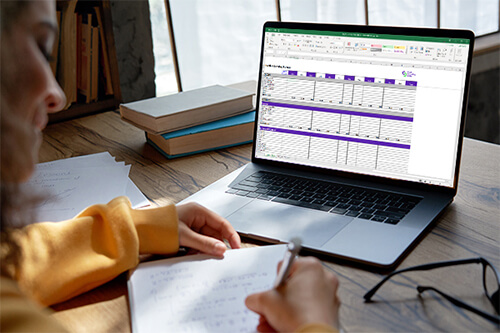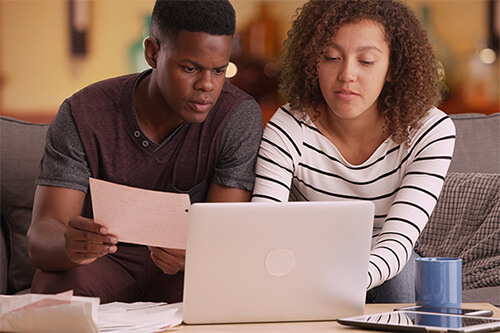How to Maximize Your Back-to-School Budget
Back-to-school season can be one of the largest one-time expenses for families each year. Surveys from Caddle and the Retail Council of Canada show that families may spend as much as $600 to $750 per child on supplies, clothes, backpacks, lunchboxes, shoes, and electronics. Even more concerning, over a third of parents report they cannot fully afford these costs, and 44% plan to take on debt to cover expenses. More than half say they will cut spending on necessities like groceries to make up the difference. With these pressures in mind, getting the most value from your back-to-school budget is more important than ever.
Take Stock of What You Have and Determine What You Need
Contact your child’s school or teacher to find out three things:
- What school supplies will your child need?
- Does the school have a dress code or is any clothing off limits?
- Will you have to pay for any field trips or other activities? If so, you’ll likely want to add these to your budget.
Many schools provide supply lists in June or post them online. Reviewing this information early gives you more time to watch for sales and avoid last-minute stress. Sit down with your child to make a list of the school supplies and clothes they truly need, helping them distinguish between wants and needs. Take stock of what they still have from last year, and plan to reuse items in good condition whenever possible.
Back to School Shopping Tips to Balance Your Budget with Needs and Wants
Smart Shopping for School Supplies and Clothes
Buy only the essentials immediately, and purchase remaining items as last year’s supplies are used up. This approach avoids paying full price for things you don’t immediately need and allows you to take advantage of sales later. Hold off on buying new backpacks, clothing, or electronics until closer to the start of school. Trends change quickly, and waiting helps prevent purchases your child may not actually use. Encourage kids to compare prices, check for sales, and consider gently used items or lower-cost brands that still meet their needs. Rewards programs, cash-back websites, and loyalty points can also help offset costs for school essentials. If your child wants high-priced brand-name items, consider splitting the cost. You can cover a portion and let them use gift money or part-time earnings for the rest. This teaches budgeting, prioritization, and the value of earning for things they want.
Tips to Save Money on Back-to-School Supplies and Clothing
Getting Maximum Value From Your Budget
Set a firm spending limit and stick to it. Dividing the budget among your children shows them how much is available for clothes and school supplies, helping them understand trade-offs. As they see how quickly brand-name items can eat into their portion of the budget, children often make more mindful choices. Encouraging open conversations about spending decisions helps them feel involved and responsible for their own money.
Another practical way to help kids manage their portion of the budget is by using a cash envelope system. Set aside the amount allocated for their clothes and school supplies in a separate envelope or wallet. This gives children a tangible way to see how much money they have and how quickly it is spent. Once the cash is gone, they learn to prioritize their purchases and make trade-offs, which can prevent impulse buying. This hands-on approach teaches financial responsibility while keeping the family’s overall back-to-school budget on track.
Plan Ahead For Back-to-School Expenses
If your family expects to spend around $300 per child, start saving early. Open a separate savings account and schedule small weekly transfers, such as $6 per week, so the money accumulates steadily. By September, you’ll have funds ready without straining your regular budget. Another practical way to save is by packing lunches instead of giving daily lunch money. Even providing lunch money once a week could save more than $1,000 per school year, enough to fund after-school activities, music lessons, sports, or family outings. Be mindful of long-term commitments, such as teen cell phone contracts. Even seemingly small amounts, like $25 per month, add up to $300 annually. Discuss how your teen will contribute before committing to a contract and consider whether it’s truly affordable.
Teaching Kids About Budgeting and Avoiding Impulse Spending
Back-to-school shopping is a great opportunity to teach kids financial literacy. Discuss needs versus wants, help them understand the importance of sticking to a budget, and teach strategies to avoid impulse spending. Encourage them to shop at home first, reusing supplies from previous years, and involve them in sorting and organizing items. Emphasize comparing quality and price, waiting for sales, and planning purchases to stretch their budget effectively.
Teach Financial Literacy to Kids with Back to School Shopping
Wrapping Up Your Back-to-School Budget Plan
By planning carefully, shopping smart, and involving your children in the process, you can maximize your back-to-school budget, reduce stress, and teach your kids valuable money management skills. Remember, the goal is not just to save money but to help your children develop habits that will serve them well throughout the school year and beyond. For more tips and free resources, visit our Learning Hub for bite-sized courses on budgeting and financial literacy.
Last Updated on August 14, 2025







